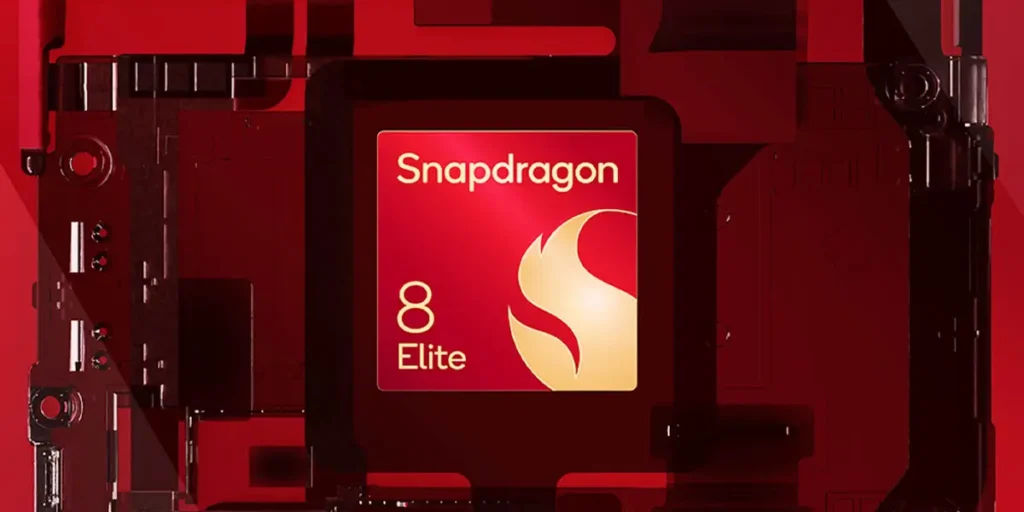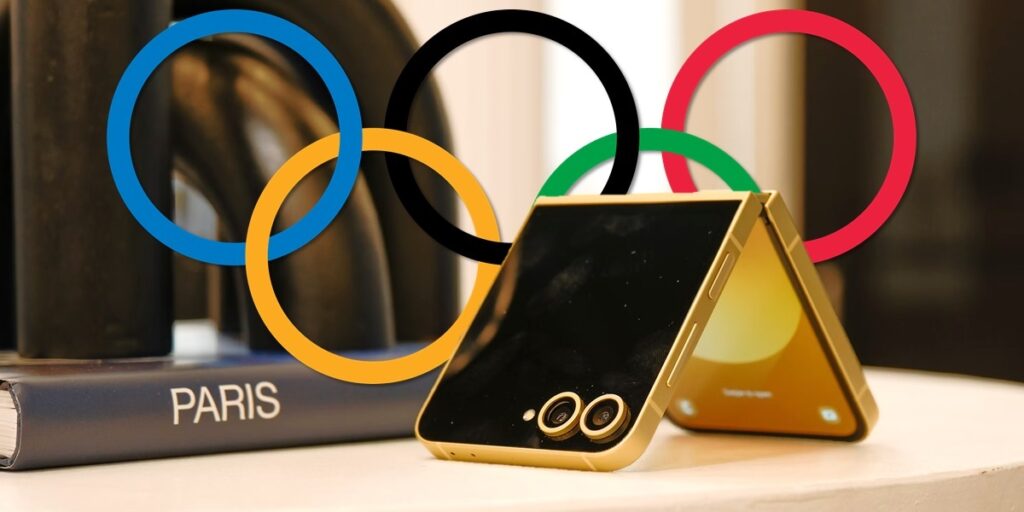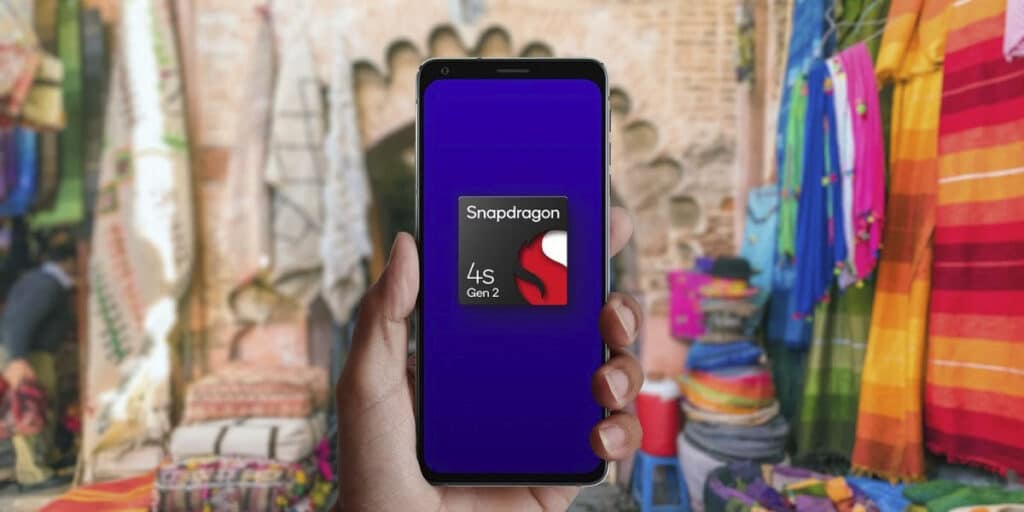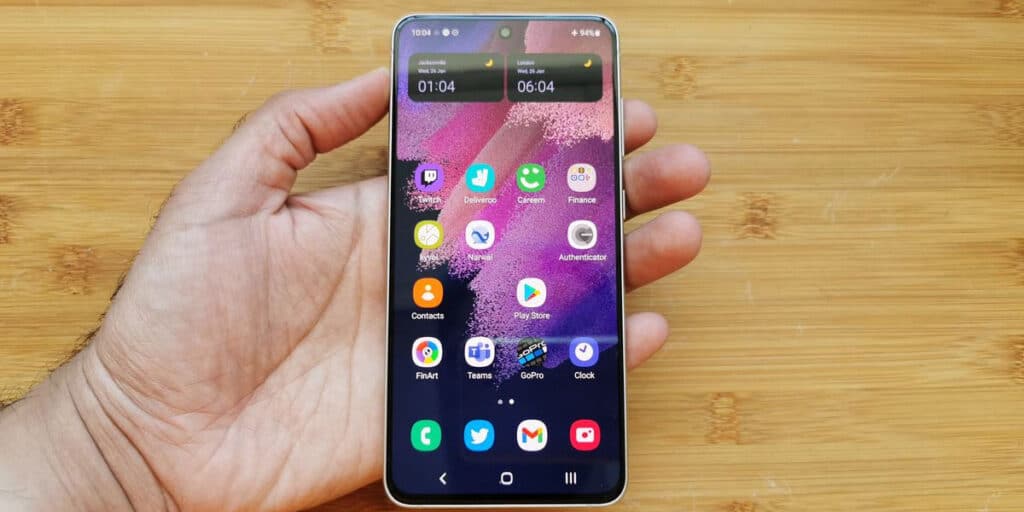
just a few weeks ago the mobile market was stunned before the launch of the MediaTek Dimensity 9400. First of all for its incredible power which made its rivals look ridiculous; Secondly because several rumors suggest that it will be the chip from the Samsung Galaxy S25.
However, it wasn’t long before Qualcomm responded and it did so by dealing a major blow to the rankings. The reason? THE Qualcomm Snapdragon 8Elite, a new flagship SoC for mobile phones that is a beast and makes the competitiveness of the market vibrate. We will tell you all its details.
All the specifications of the Qualcomm Snapdragon 8 Elite

|
Characteristics |
Qualcomm Snapdragon 8Elite |
| processor | 2 Oryon Prime at 4.32 GHz. 6 x Oryon performance at 3.53GHz. |
| Production process | 3 nanometers The second generation of TSMC. |
| GPU | Adreno760 (name not confirmed). |
| Artificial intelligence | NPU Hexagon with Multimodal generative AI and support for Artificial intelligence assistants. |
| RAM and storage |
Up to 24GB of 5.3GHz LPDDR5X RAM. UFS 4.0 storage. |
| Screen |
Variable refresh rate from 1 to 240 Hz10-bit color depth and support for SDR, HLG, HDR10, HDR10+, HDR Vivid and Dolby Vision |
| Camera | 18-bit Spectra Triple ISP with cognitive artificial intelligence technology.
Support HDR, HDR10, HDR10+, HLG, Dolby VisionDCG+VS, DCG, 10-bit color depth and more. |
| Connectivity |
|
| Load | Qualcomm Quick Charge 5. |
The Snapdragon 8 Elite has up to 45% more CPU power and 40% more GPU power, all with more efficient power consumption


Even though we were all waiting for the Snapdragon 8 Gen 4, the truth is that Qualcomm has made a new nomenclature change. Its new premium chip for mobile phones is called Snapdragon 8 Elite, thus unifying its SoCs for smartphones and laptops. Since then it’s a very smart move in terms of marketing The slogan “Elite” suggests they are “the best of the best”something that is true.
In fact, it is indeed true that the new Snapdragon 8 Elite is Qualcomm’s first top-of-the-line chip produced in 3nm. This not only helps with energy efficiency, but also opens up the possibility of increasing power, which of course has happened. How much? Let’s see it in a well-defined way, compared to the Snapdragon 8 Gen 3 (its predecessor):
- processor: up to 45% more performance both single-core and multi-core.
- GPU: up to 40% better in games and up to 35% more powerful in Ray Tracing.
- NPU: Up to 45% more powerful AI compared to its predecessor.
- Energy efficiency– Overall, the Snapdragon 8 Elite is on average 27% more efficientbut it reaches peaks of up to 44% on the CPU, 40% on the GPU and up to 45% on the artificial intelligence.
Now, How did Qualcomm achieve all this with the Snapdragon 8 Elite? Let’s see it together with other important elements of this chip.
New internal distribution (without efficiency cores), cameras up to 320 MP and screens with refresh rate up to 240 Hz


Among all, the most detailed thing from Qualcomm was the distribution of its CPU. The Snapdragon 8 Elite abandons the 1+3+2+2 core format and switches to a much simpler one, with just two clusters: one with 2 cores and the other with 6 cores. All cores are based on Qualcomm’s new “Oryon” architecture and are divided as follows:
- First cluster: 2 cores running at a maximum of 4.32 GHz and they are the best performing.
- Performance group: 6 cores running at a frequency of up to 3.53 GHz.
Yes I know no energy efficient corebut you already noticed above that this chip doesn’t need it either. In the end, high-performance cores don’t always run at their maximum frequency if it is not necessary and architectural improvements allow you to do without efficient cores.
We don’t have a name for the new Adreno GPUalthough we assume that it will be the Adreno 760. Even so, you could already see how many improvements there are compared to the Adreno 750 and now let’s add the following: It is compatible with Nanitethe most powerful and innovative geometric virtualization technology in Unreal Engine 5.
Qualcomm hasn’t specified whether this chip’s Hexagon NPU is new, but we’d assume so given the performance jump. Plus, they detailed it is capable of running multimodal language models locally. And now, for the finishing touches, we can also tell you the following about the Snapdragon 8 Elite:
- It is compatible with up to 24GB LPDDR5X RAM up to 5.3GHz.
- Your Spectra Triple ISP is up to 33% better and supports cameras up to 320MP.
- Your Snapdragon X80 5G modem delivers speeds up to 10 Gbps.
- The Fast Connect 7900 supports WiFi 7 (up to 5.8 Gbps), Bluetooth6 yUWB.
- It is compatible with QHD+ screen at 240 Hz or 4K at 60 Hz.
- Snapdragon Sound supports aptX Adaptive and Lossless, Qualcomm Aqstic and more.
What will be the first phones to use the new Snapdragon 8 Elite?


Although the list will likely be longer in the coming months, These are the phones that will definitely carry the Snapdragon 8 Elite:
- Xiaomi 15 series (October 22 in China).
- HONOR Magic 7 series (October 30 in China).
- iQOO 13 series (October 30 in China).
- OnePlus13 (October 31 in China).
- ASUS ROG9 phone (November 19).
- Realme GT7 Pro (November, will be first in 10 countries).
- Nubia RedMagic 10 Pro (no submission date).
- Nubia Z70Ultra (no submission date).
OPPO also revealed that it will have at least one mobile phone with this SoCbut they did not confirm the date or name. They will not be Find X8 or Find X8 Pro, as they will carry MediaTek Dimensity 9400.




